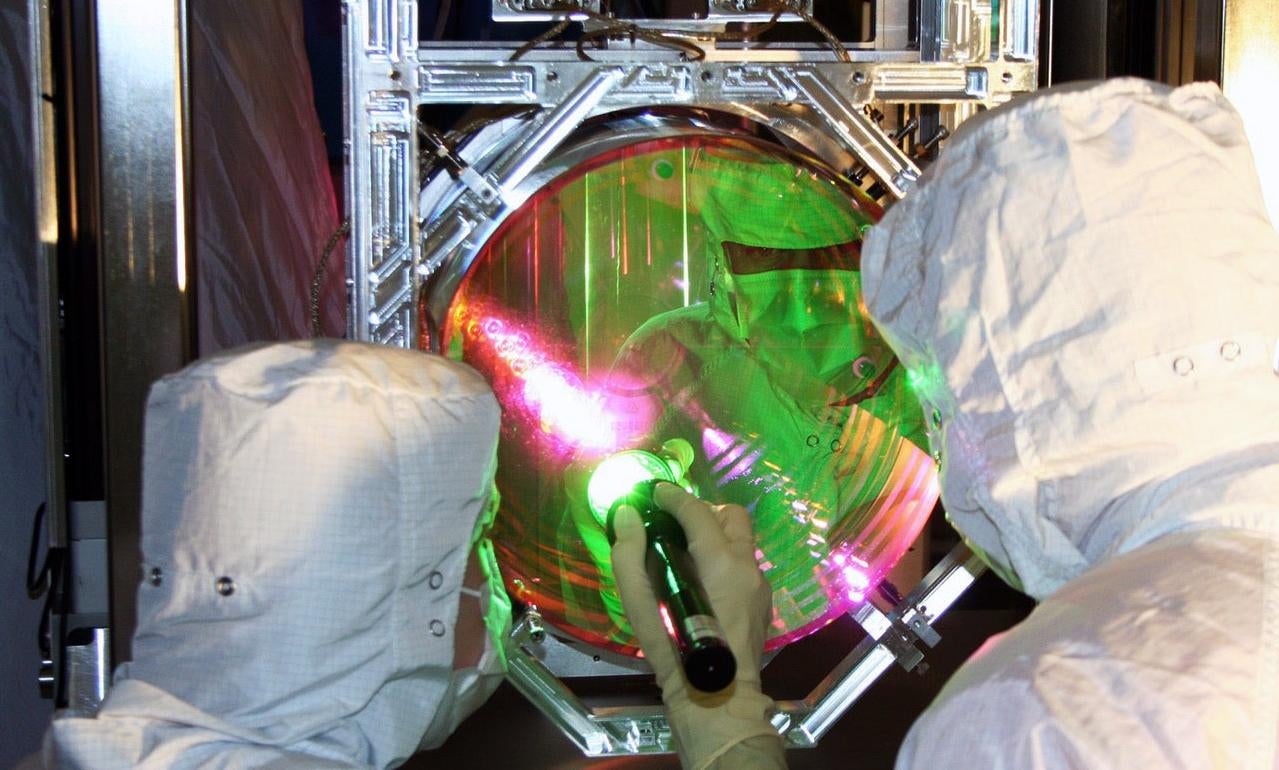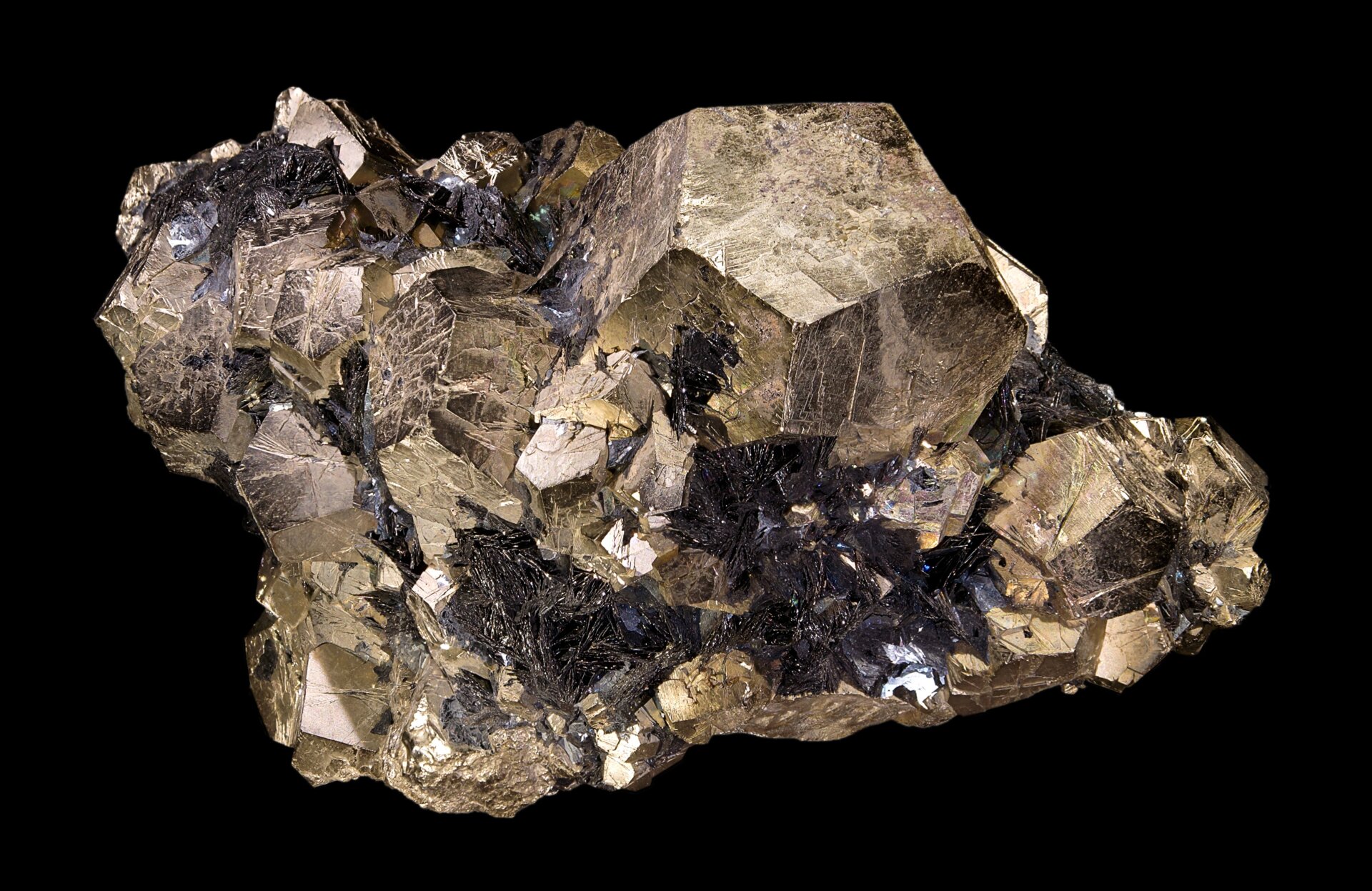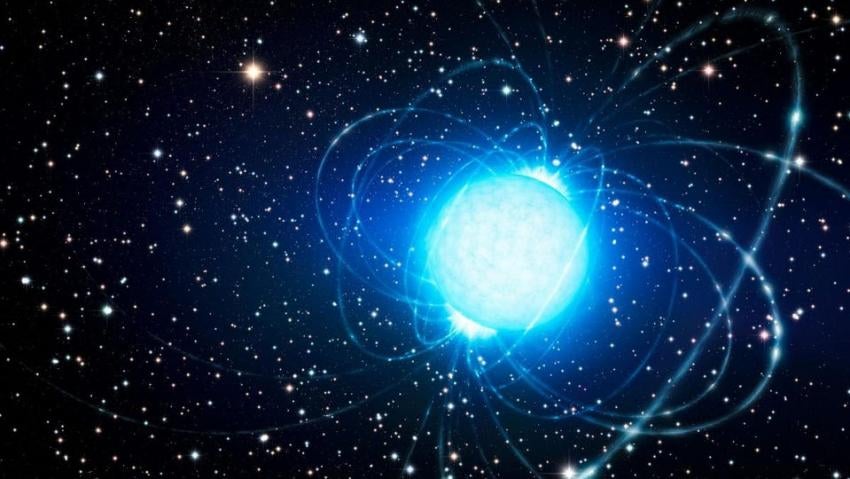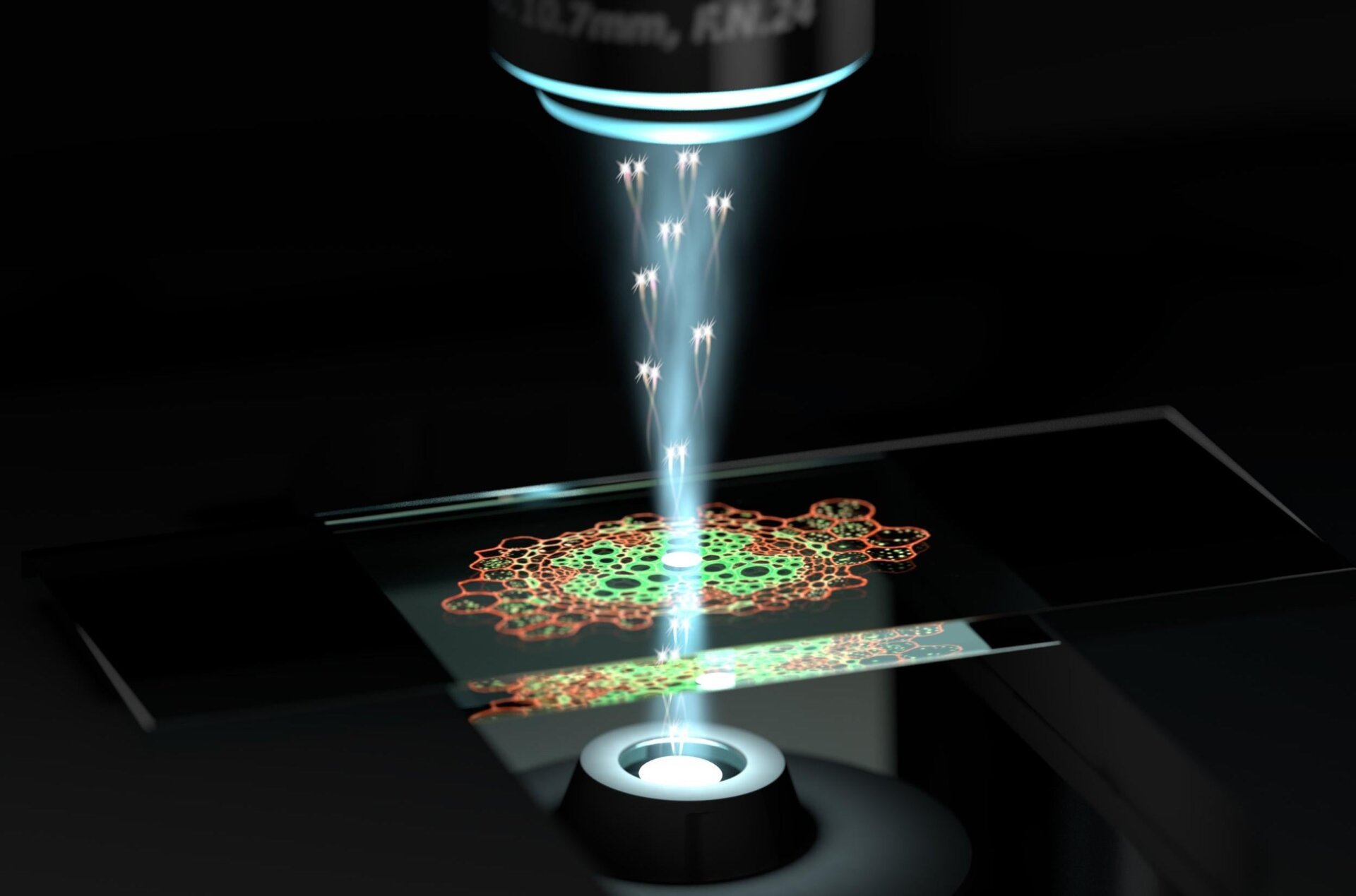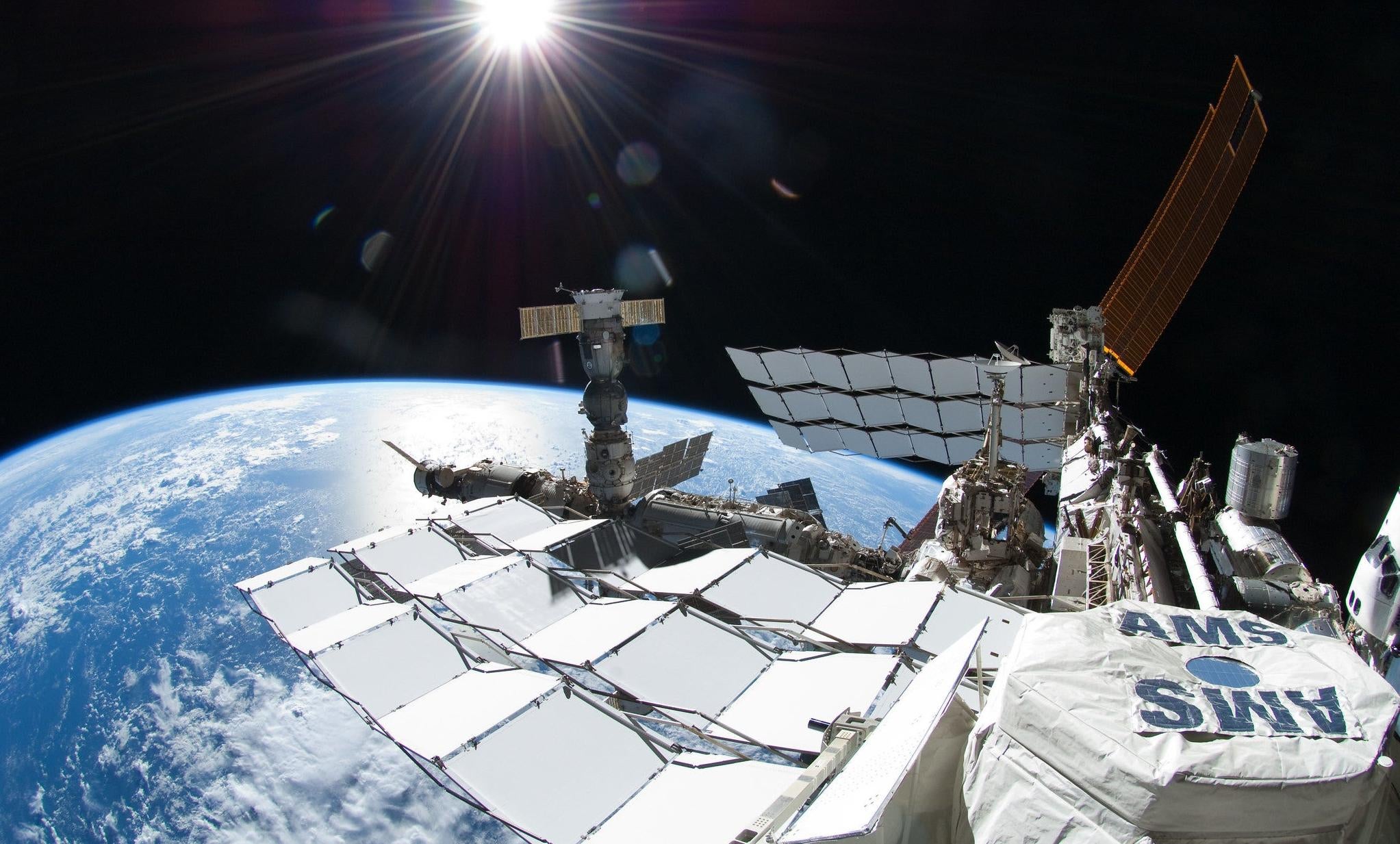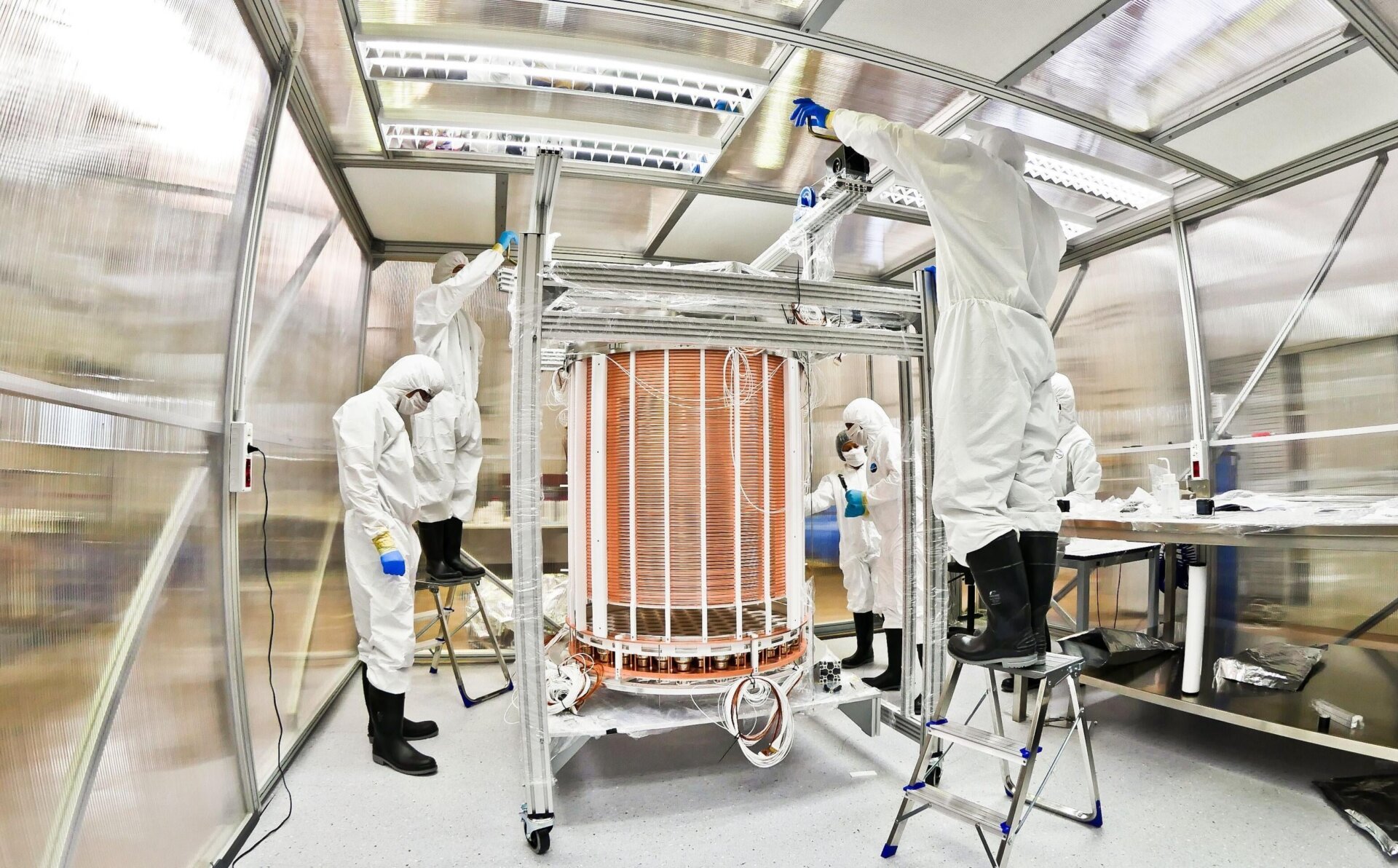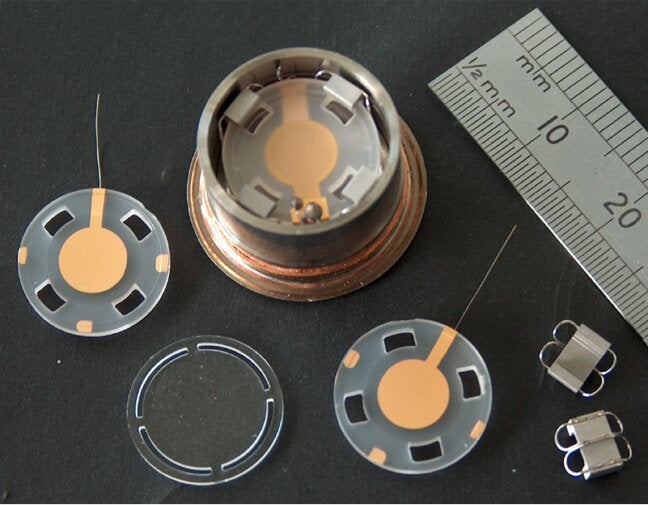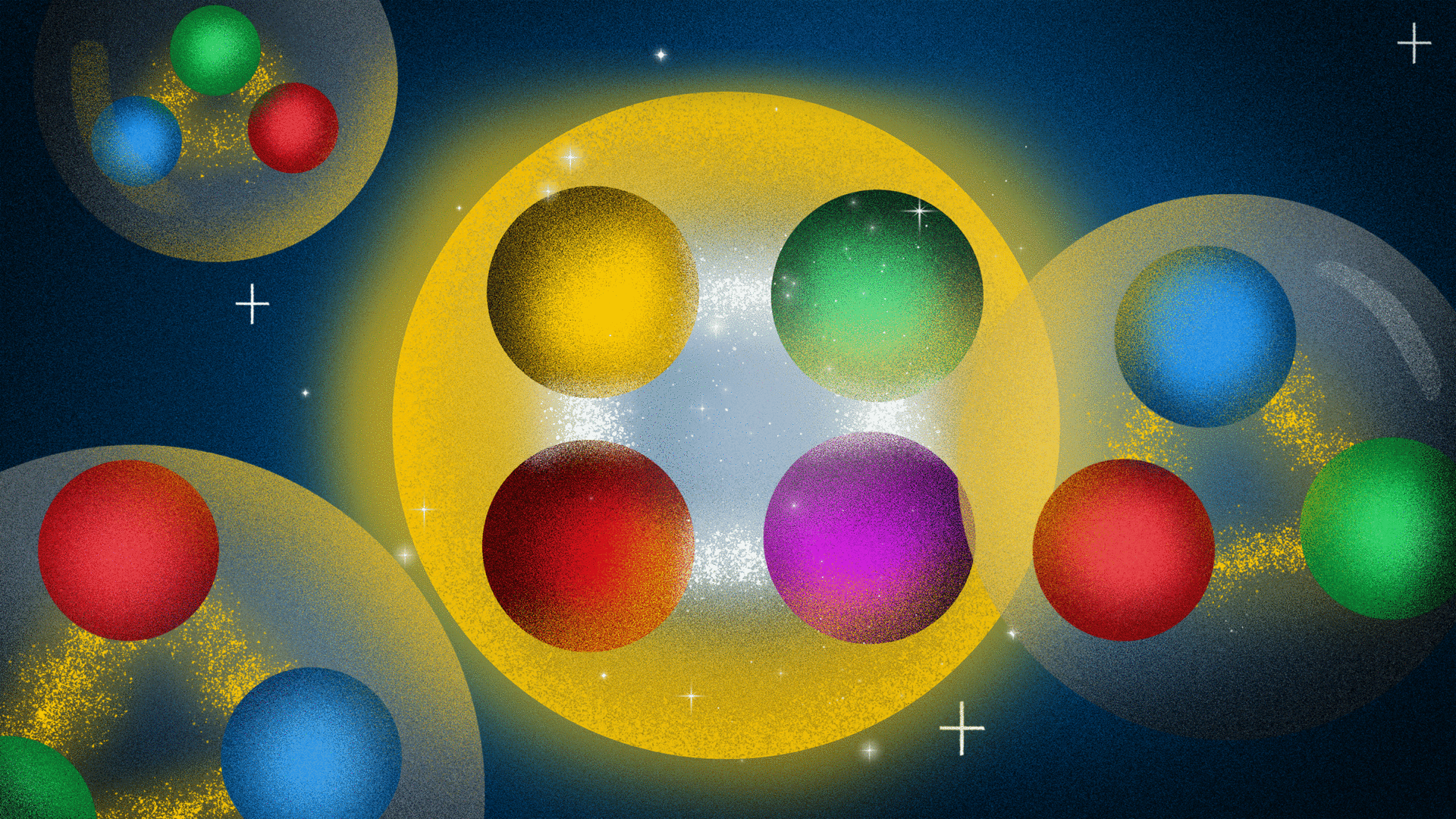The Laser Interferometer Gravitational-Wave Observatory (LIGO), renowned for detecting ripples in spacetime caused by colossal cosmic events, has become the stage for a groundbreaking experiment in quantum physics. Researchers have successfully cooled the collective motion of four suspended mirrors within LIGO to a near standstill, reaching a temperature just a hair’s breadth above absolute zero. This achievement paves the way for exploring the elusive boundary between the classical and quantum worlds.
LIGO’s primary mission is to detect gravitational waves generated by events like black hole mergers. The observatory utilizes four meticulously suspended mirrors and laser beams to achieve this. Gravitational waves subtly shift the mirrors, creating a detectable wobble in the laser beams. Capitalizing on a scheduled downtime at LIGO last September, researchers leveraged the existing laser infrastructure to achieve something unprecedented: cooling a macroscopic object – the collective motion of the mirrors – to a temperature low enough for quantum observations. Their findings, published in Science, detail this remarkable feat.
Cooling an object typically involves reducing its temperature, such as placing it in a freezer. However, in physics, cooling can also be achieved by minimizing an object’s motion. This involves applying a counteracting force – in this case, lasers – to slow the random atomic-level jiggling of the object. LIGO’s existing laser setup provided a convenient solution, allowing the team to conduct the experiment without modifying the delicate and expensive equipment.
“LIGO’s capabilities allowed us to not only measure the random motion of the mirrors but also apply a counteracting force using lasers to effectively stop the atoms from moving,” explained Vivishek Sudhir, a quantum physicist at MIT and co-author of the study.
This experiment wasn’t about cooling any single mirror. Instead, the team targeted the collective motion of all four mirrors, cooling this combined system to an astonishing 77 nanokelvins, or 77 billionths of a kelvin. This collective motion is what the physicists define as their “object,” blurring the lines of conventional definitions. This represents the largest object ever cooled to near its quantum motional ground state, essentially a state of complete rest at the atomic level.
The motivation behind this ambitious endeavor is to better understand the interplay between the classical world we experience and the counterintuitive realm of quantum mechanics. A large, observable system like the LIGO mirrors, behaving according to quantum principles, offers a unique opportunity to study this interaction. Typically, macroscopic objects are too susceptible to environmental disturbances, like vibrations from passing trains or even sound waves, to allow for precise measurements of subtle forces. LIGO’s underground and suspended design already mitigates many of these factors. However, to mimic quantum behavior, the team also had to eliminate the “noise” introduced by heat. Cooling the system to near absolute zero drastically reduced this thermal motion.
Markus Aspelmeyer, a quantum physicist at the University of Vienna not involved in the study, praised the work as “an impressive improvement” over previous cooling efforts. He noted the system’s potential for investigating “decoherence effects” – the process by which quantum objects lose their unique properties – in massive objects.
The next phase of research involves investigating gravity’s influence on the cooled system. Gravity’s role in the quantum realm remains a mystery. It’s possible that gravity exclusively operates in the classical world. However, if it does manifest at quantum scales, LIGO, with its exceptional sensitivity and now ultra-cooled mirrors, is ideally positioned to detect it. Given that gravity’s effects are stronger on massive objects, this experiment offers a significant advance in exploring gravity’s potential interaction with the quantum world.
For Sudhir, the excitement lies in probing the fundamental laws of physics. “Why do the physical laws we’ve discovered on Earth hold true in distant corners of the universe?” he pondered. “It doesn’t have to be that way, and yet it is.”
More: Physicists Laser-Cool Antimatter to Near Absolute Zero



